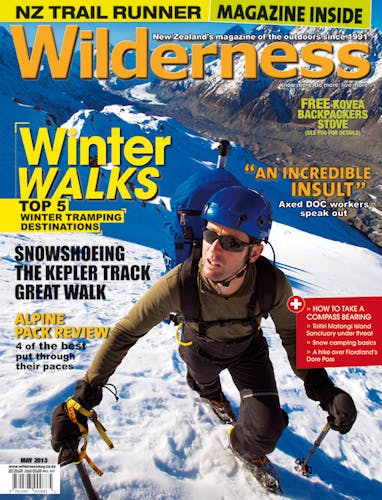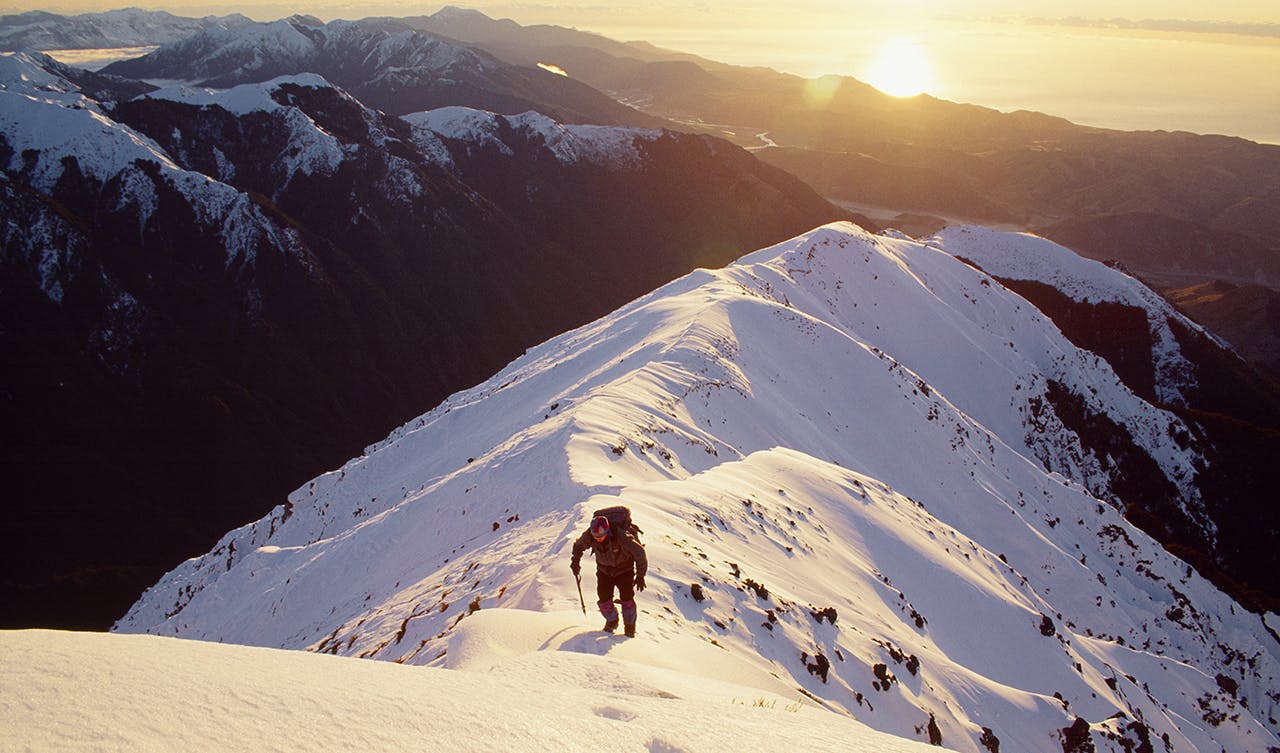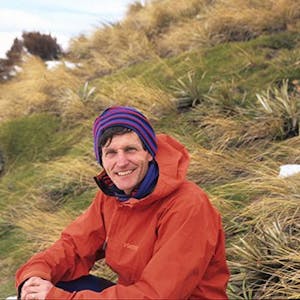To reach a modest summit for sunrise is quite a different way to tramp. It’s dark when you start, but when you arrive at the high point as the sun comes up it’s pure magic.
To complete one of these summits does require planning and some fore knowledge of the weather and conditions – it would be a shame to put in all those hours of lost sleep and exertion only to find there is no grand view. So plan every detail from home, pack a headlamp and go grab a sunrise summit somewhere spectacular.
Castle Point, Wairarapa
Castle Point was named by Captain James Cook when he sailed past this part of the Wairarapa coastline and moored in a small bay just south of the cape. The point looks like a great castle or fin, thrusting up from the surrounding landscape and at 162m high is a major landmark in these parts.
The route up is marked and climbs easily at first until the upper slopes where the trail zigzags back and forth to gain the final metres and the rather airy summit. It’s quite safe, however, but take care if the wind is up as this is an exposed headland and the wind can be extreme.
The view covers a great swathe of the coast all the way out to Cape Turnagain to the north-east. Bring your primus and some water for a perfect summit brew.
George Spur, Seaward Kaikoura Range, Canterbury
This rugged range backs the Pacific coast behind Kaikoura and boasts numerous summits over 2000m and several approach ridges which remain in the 1500-1900m region for long distances.
As such it offers some of the best potential for high camps and sunrise summits anywhere in New Zealand. These summits, though not technical, are demanding with big ascents but with planning a high camp can be made and a summit reached for sunrise.
George Spur, 2311m, accessed from the Clarence River in the north, offers one of the very best panoramas of the range, the ocean and coastal lowlands, but it is a big commitment in time and energy, requiring two days to reach the summit and return. Sound snow skills are essential if attempting this in winter. Summer conditions should present no problems other than a very early start!
Mt Arthur, Kahurangi National Park
Mt Arthur is a popular destination at any time of year with its stunning alpine flowers in spring, karst landscape and magnificent views, but how about trying it at dawn in winter? The summit then is a spectacular location when the fiery ball of the sun crests the horizon way out in the Nelson bays and illuminates the slopes. Keep to the poled route as there are many sink holes and rock slots that after a good snow fall will be covered. Some basic alpine skills and equipment will be required.








